ProMinent Iran
ProMinent started marketing in Iran together with RO Packager,
they started in 1990s and sold like 5,000 Euros a Year
In 2003 ProMinent GmbH who was not satisfied of sales in Iran, came to Tehran,
After meeting potencial partners ProMinent GmbH stopped supplying that very RO Packager and started exclusive Partnership with Mahar Fan Abzar Co.
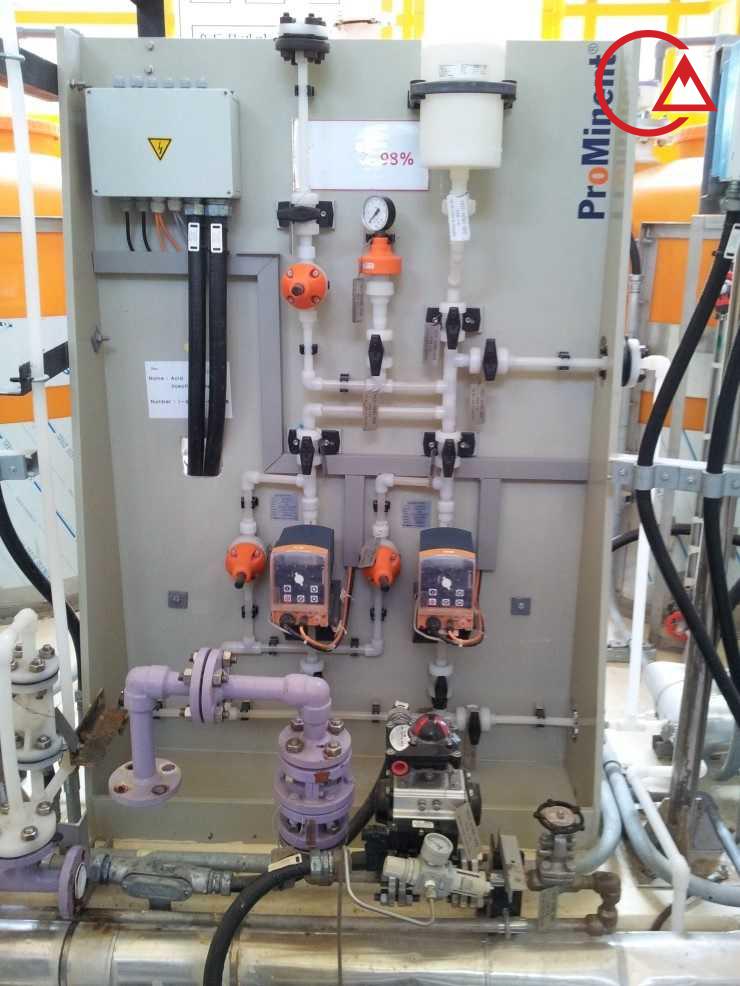
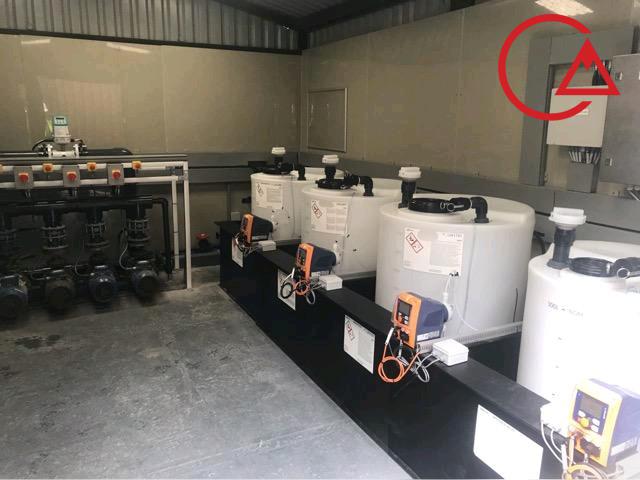
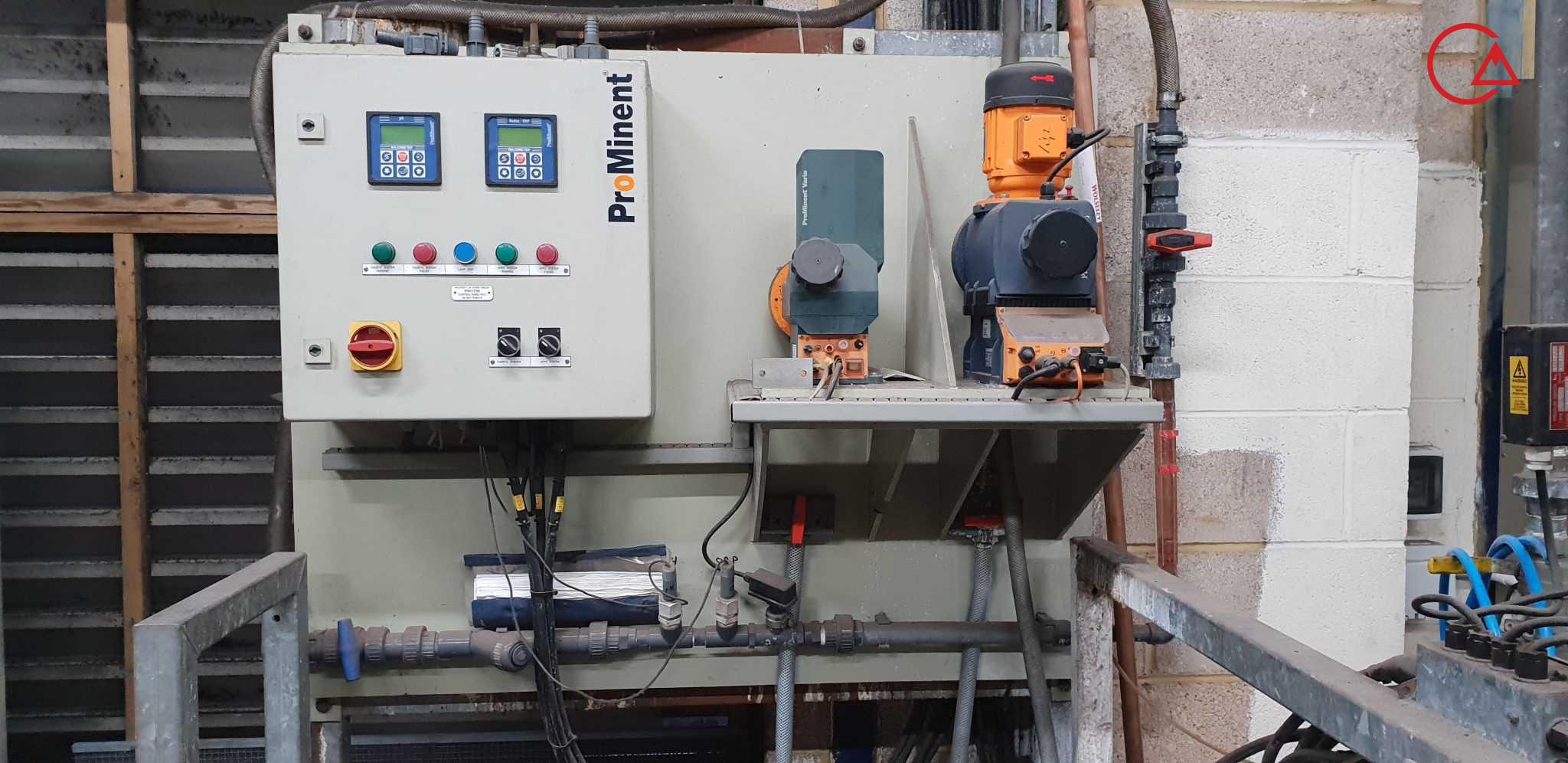
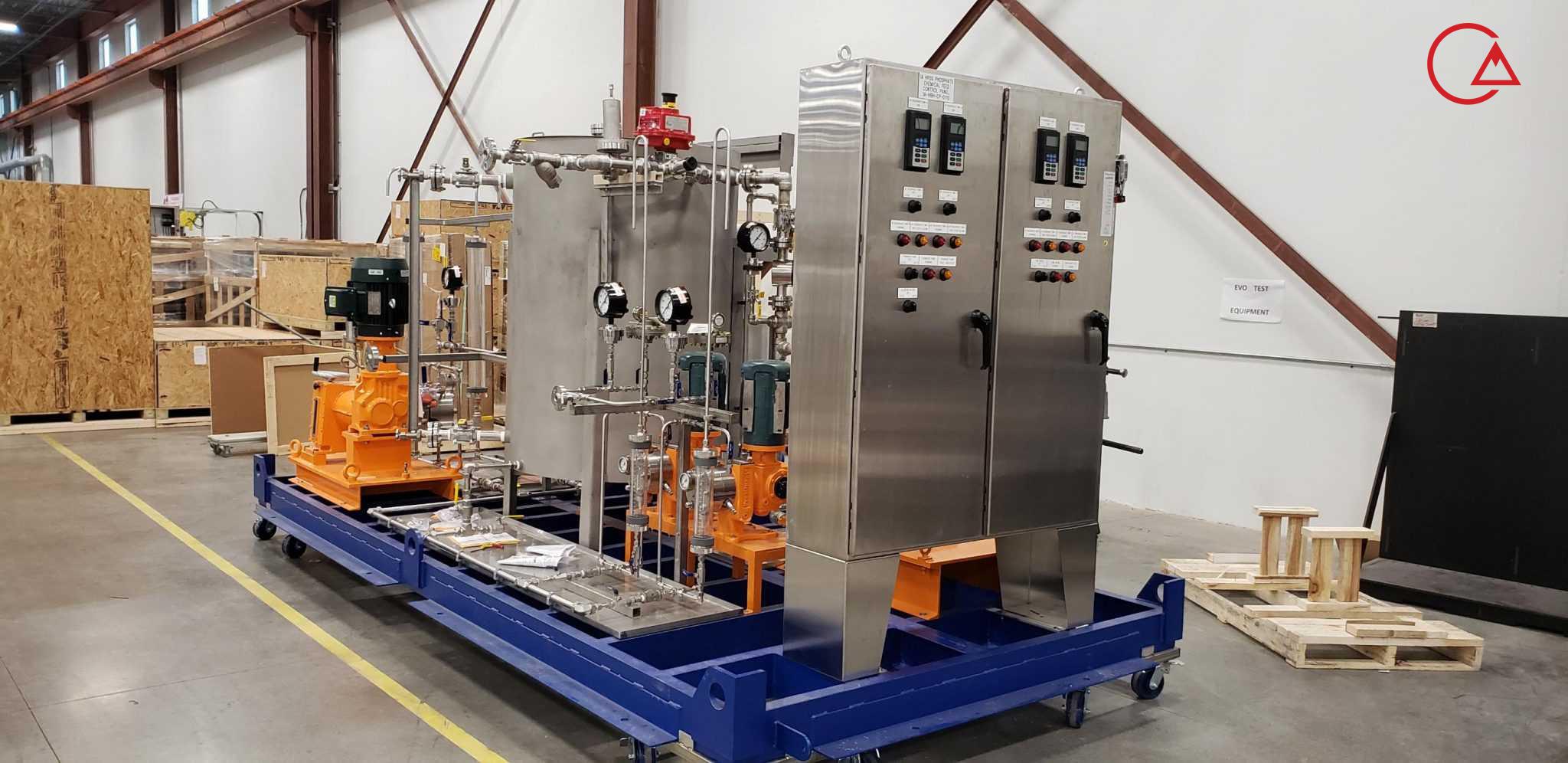

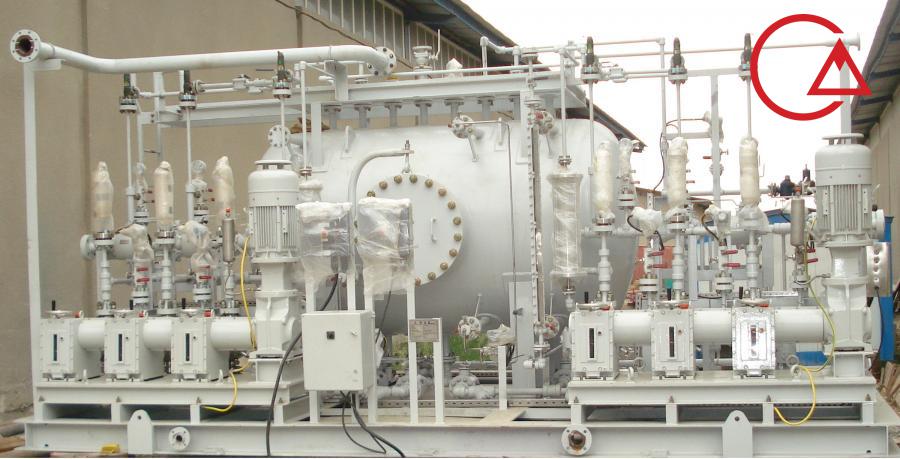

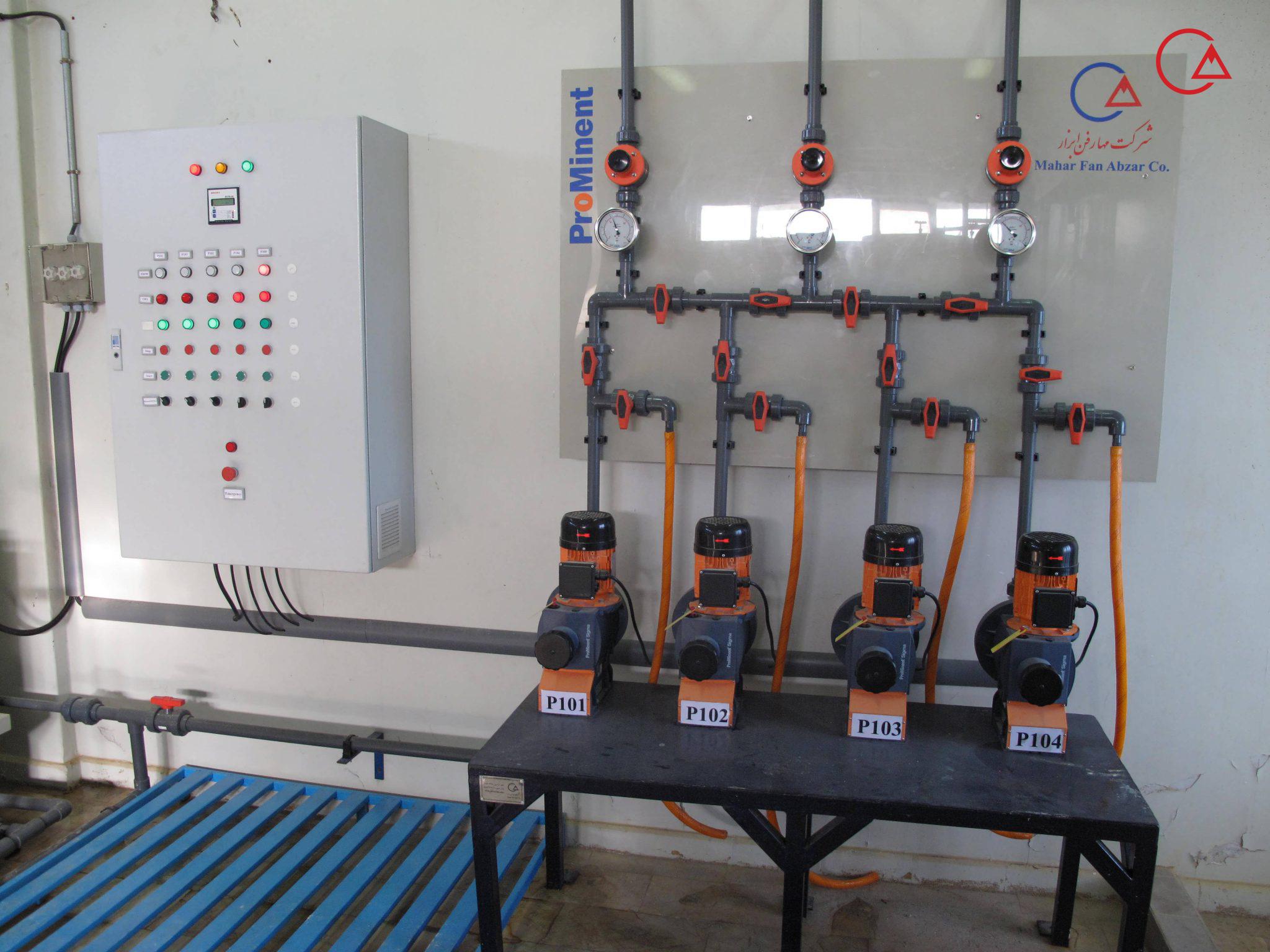
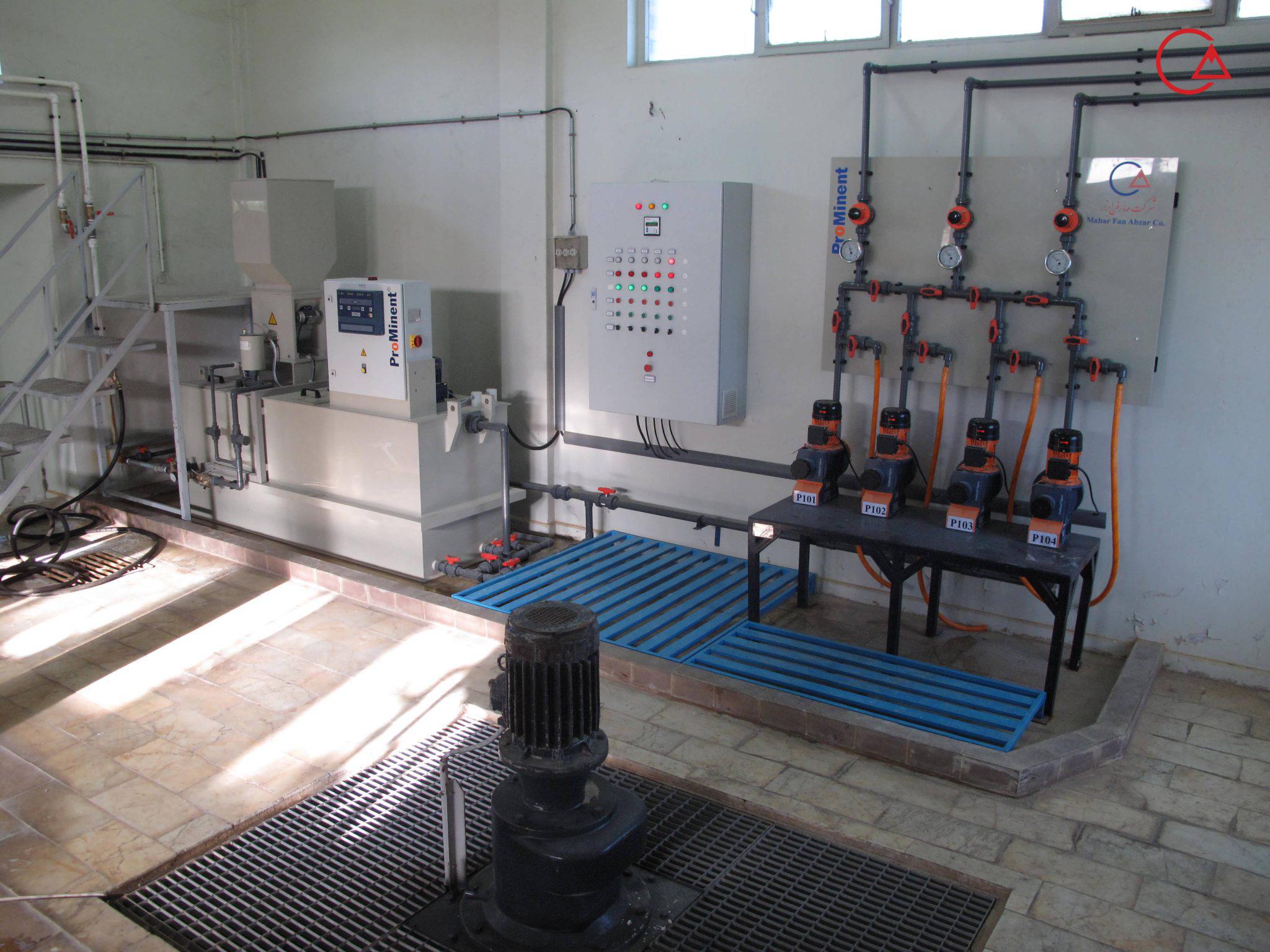
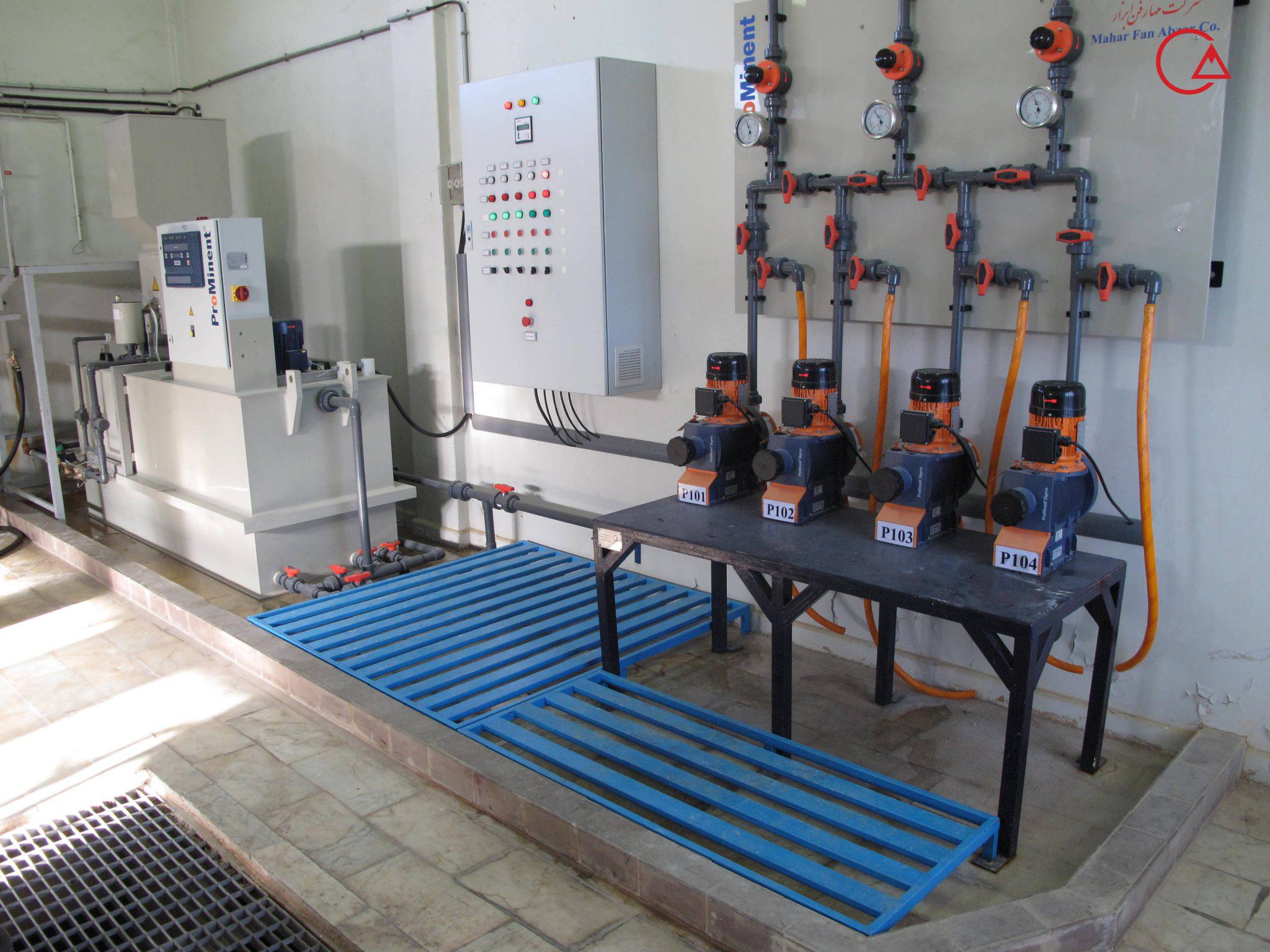
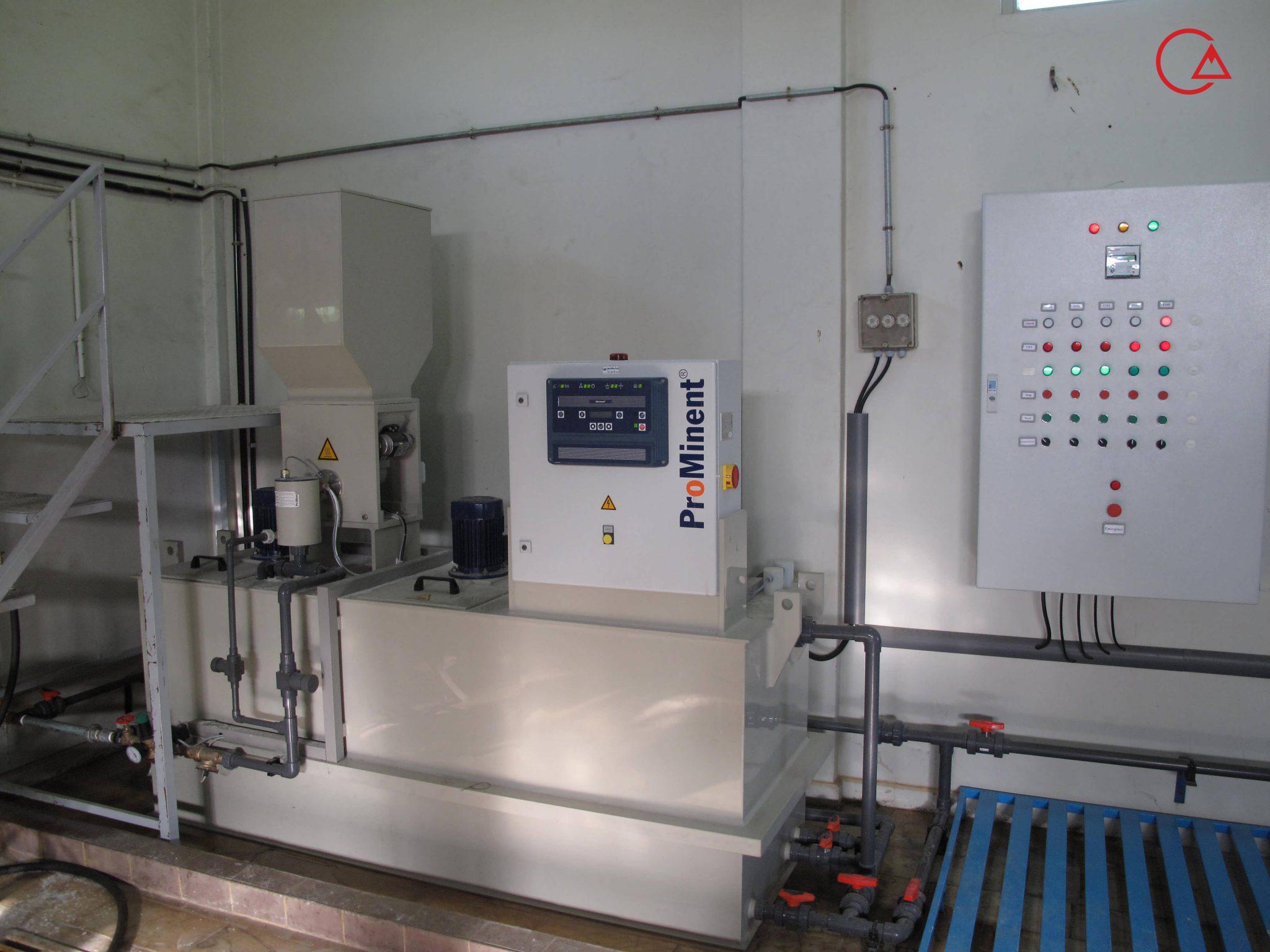
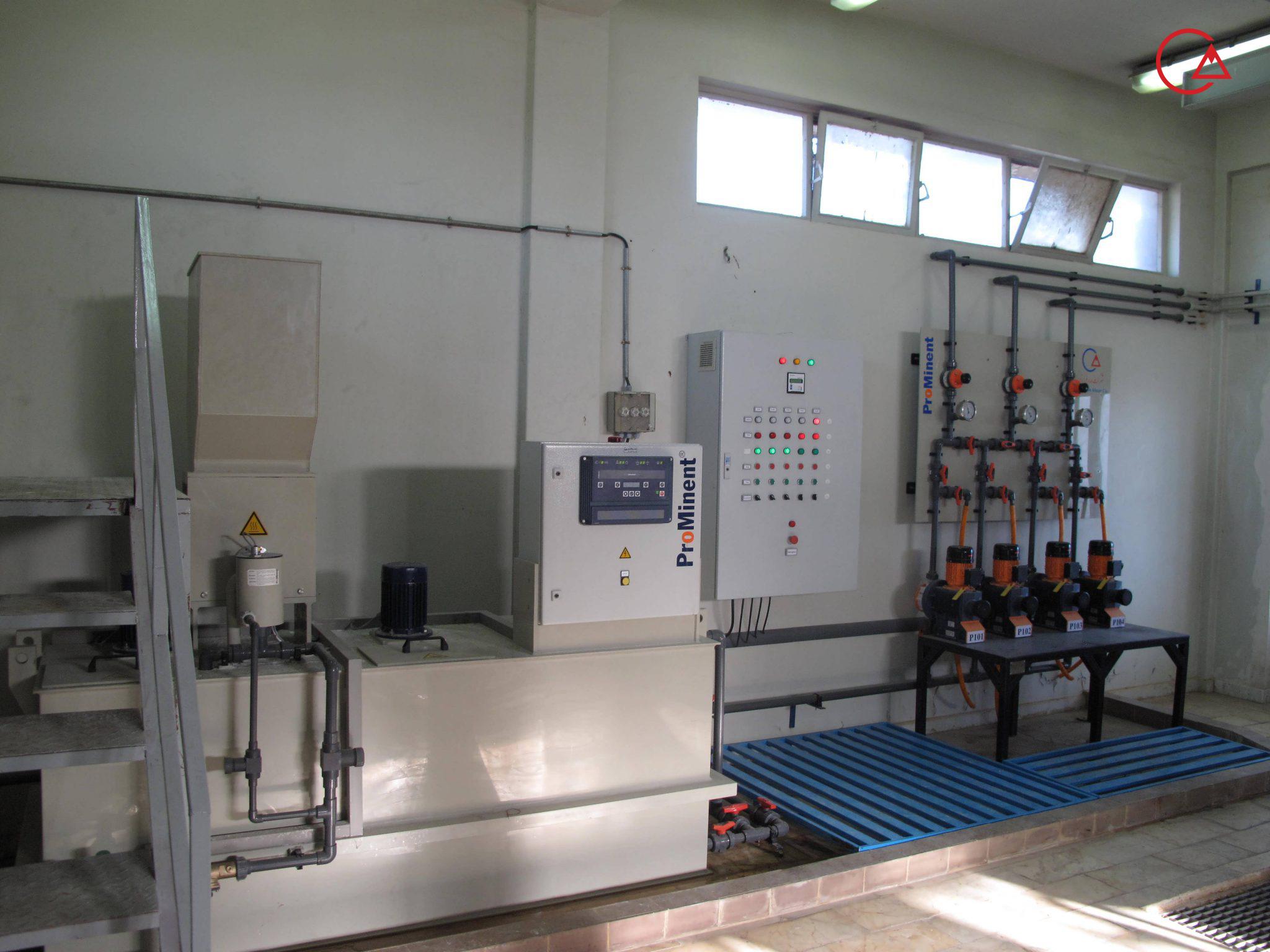
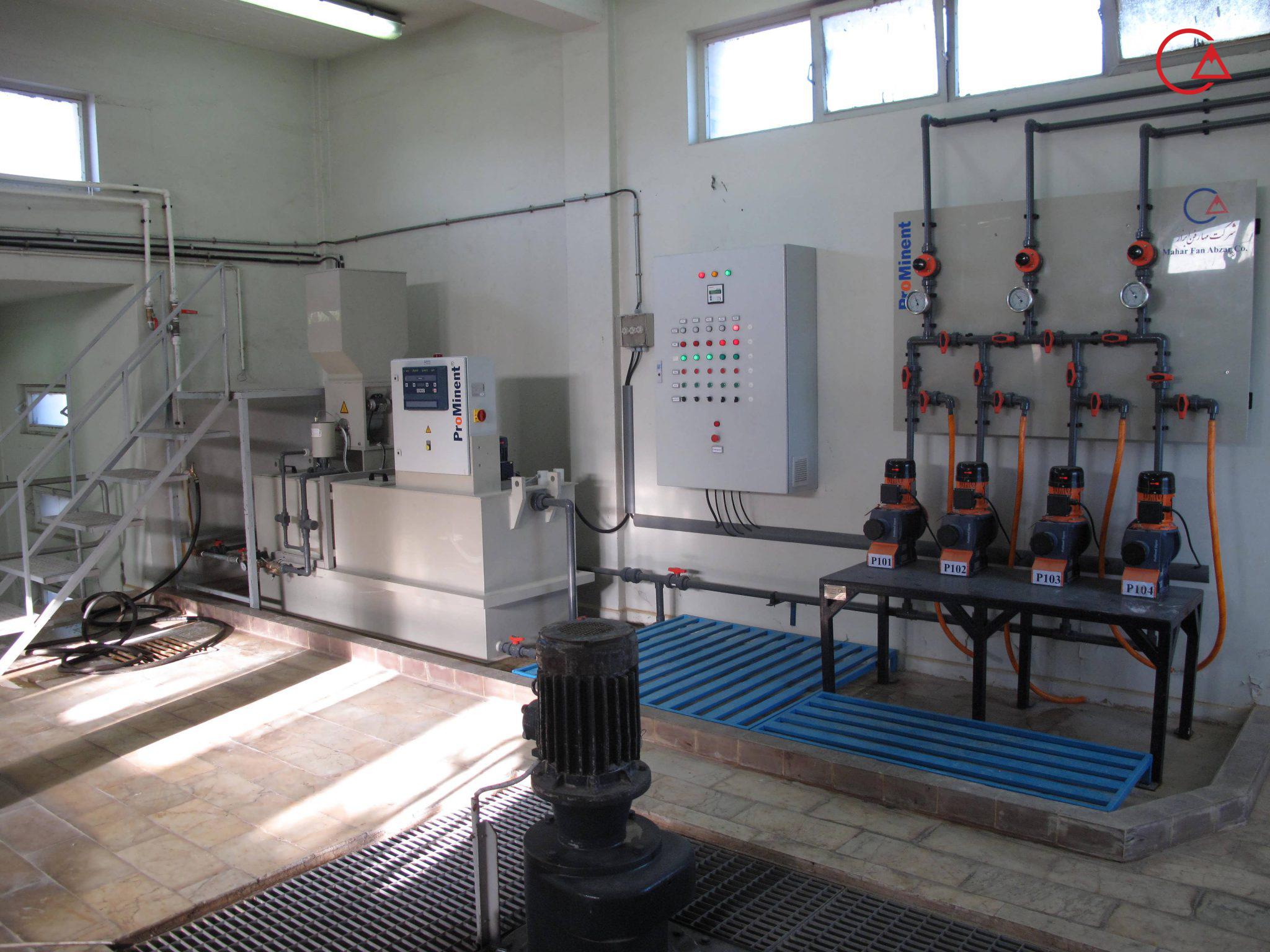
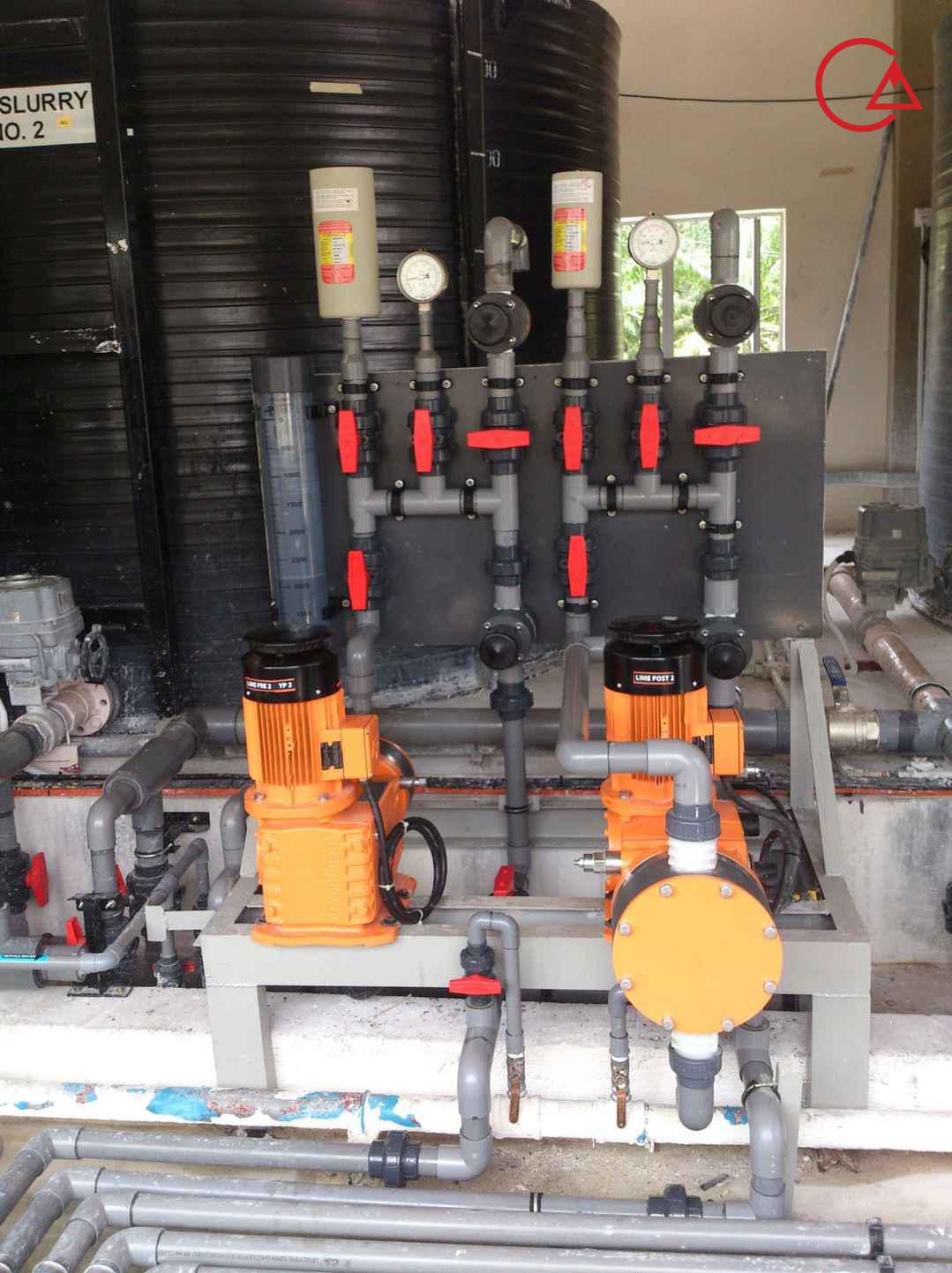
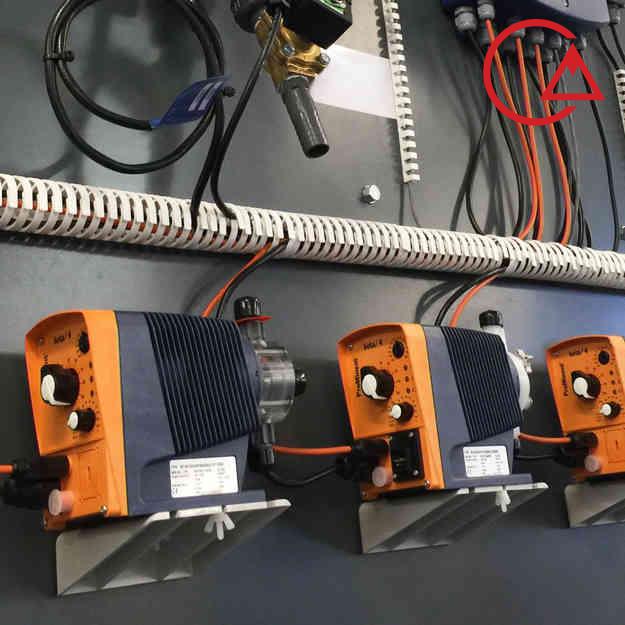
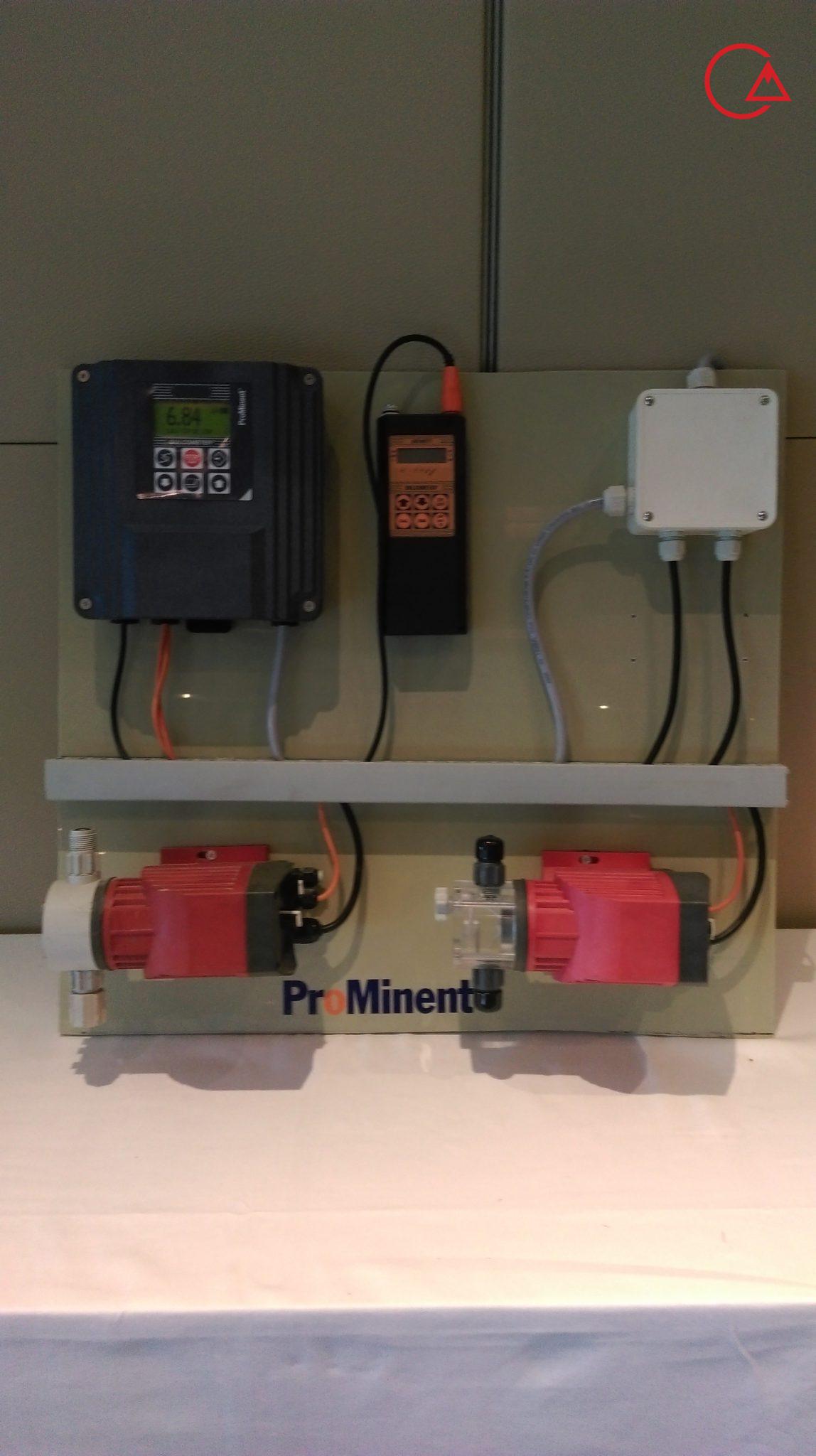
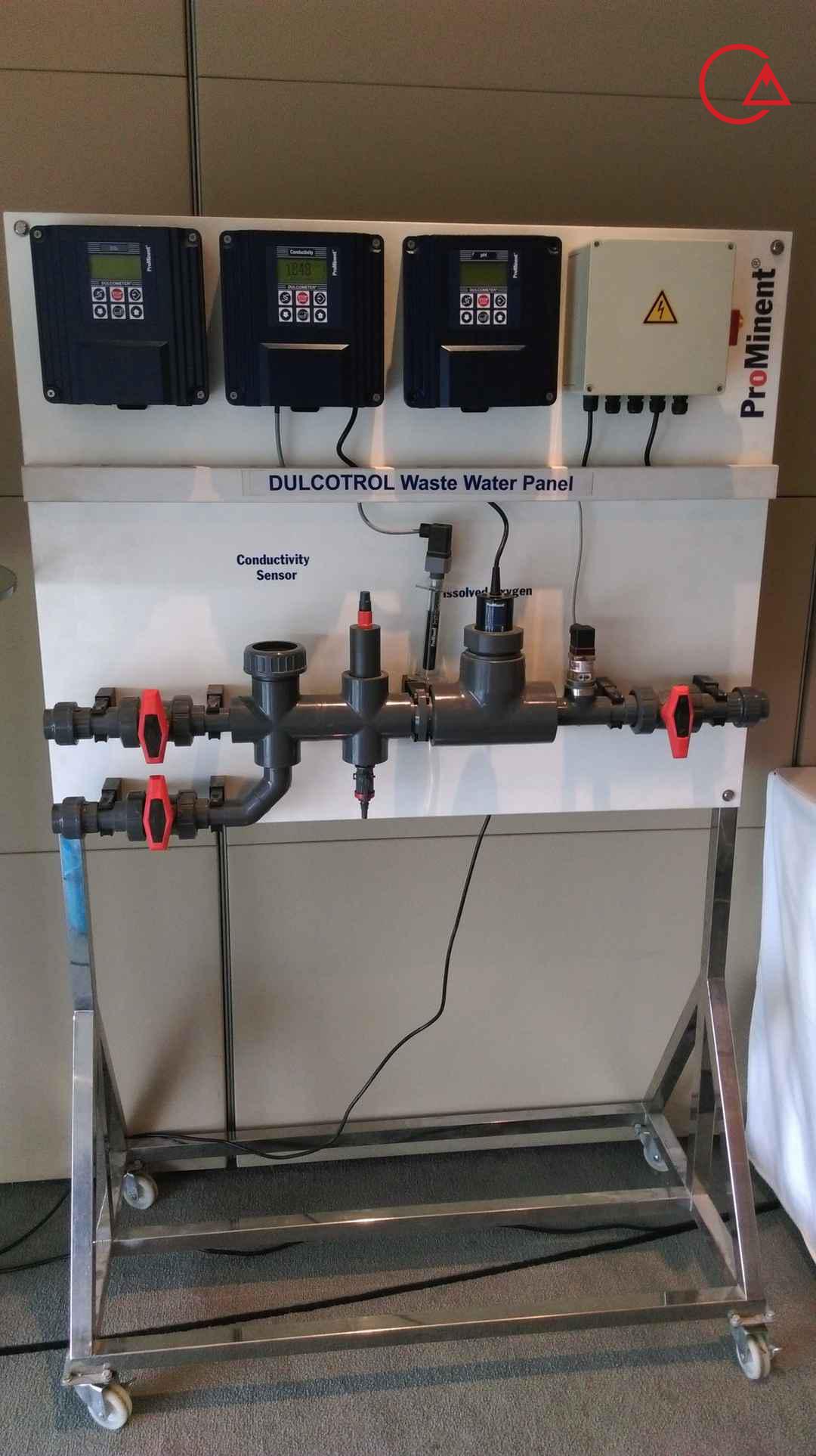

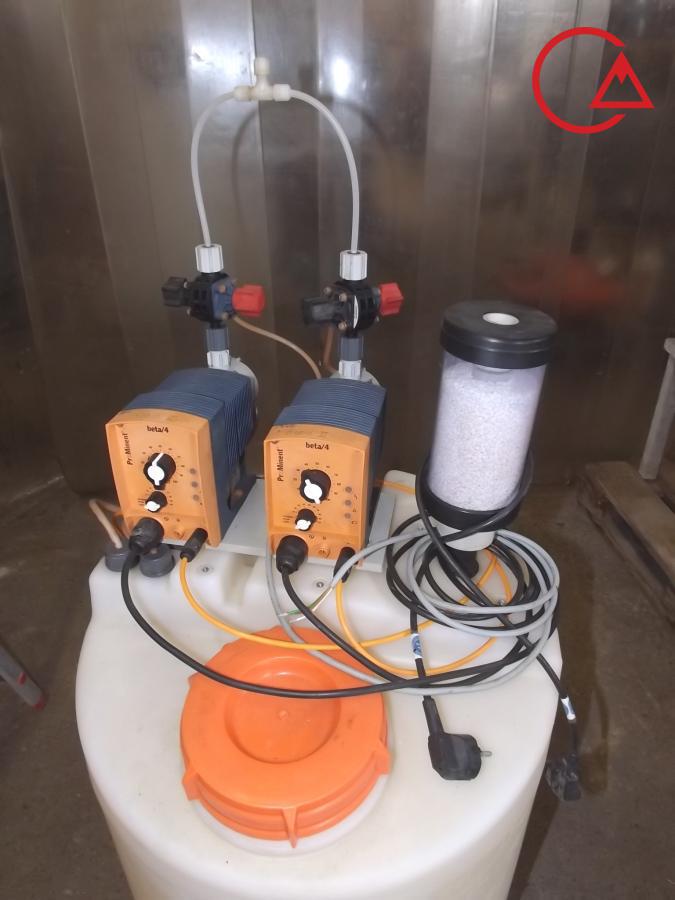


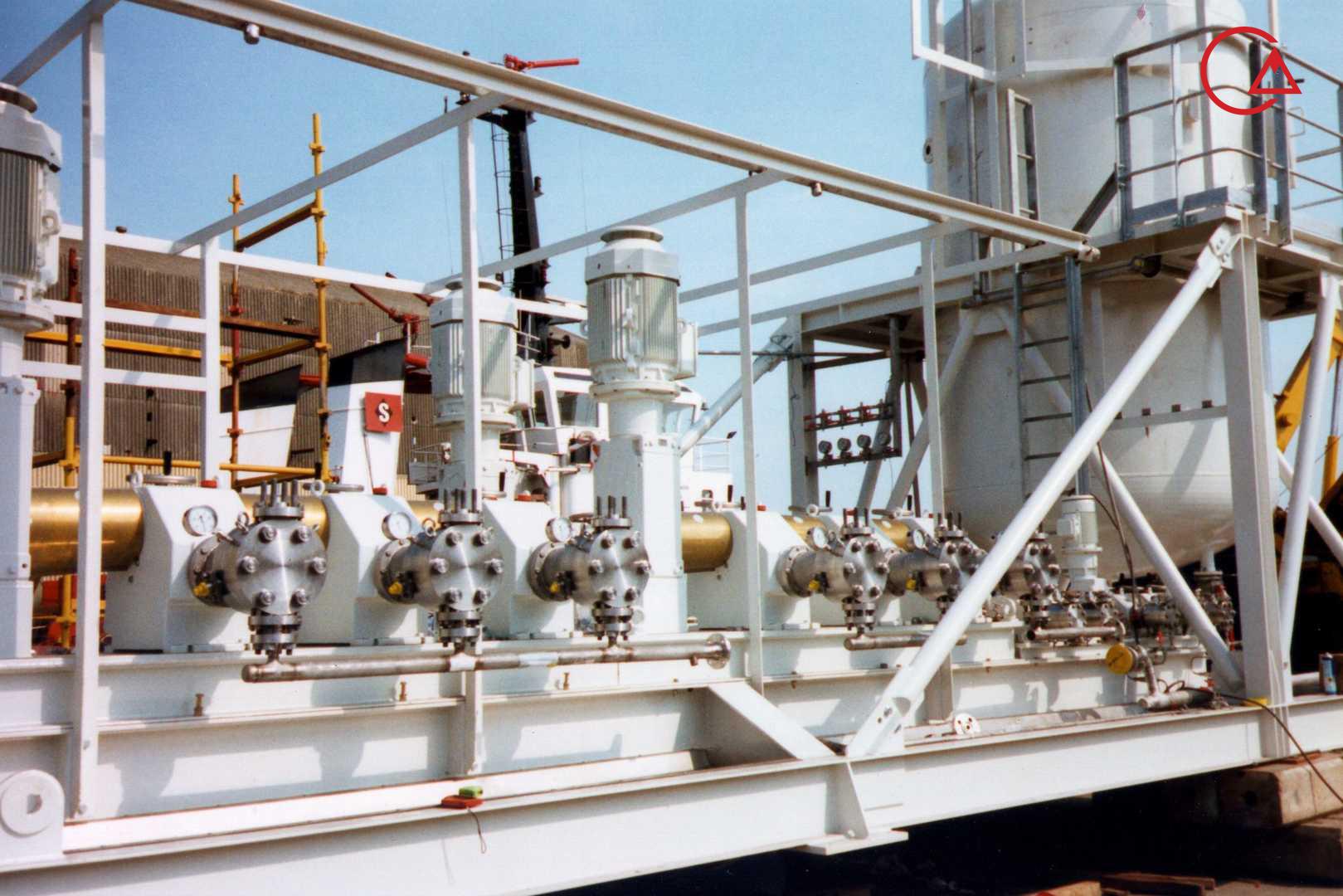
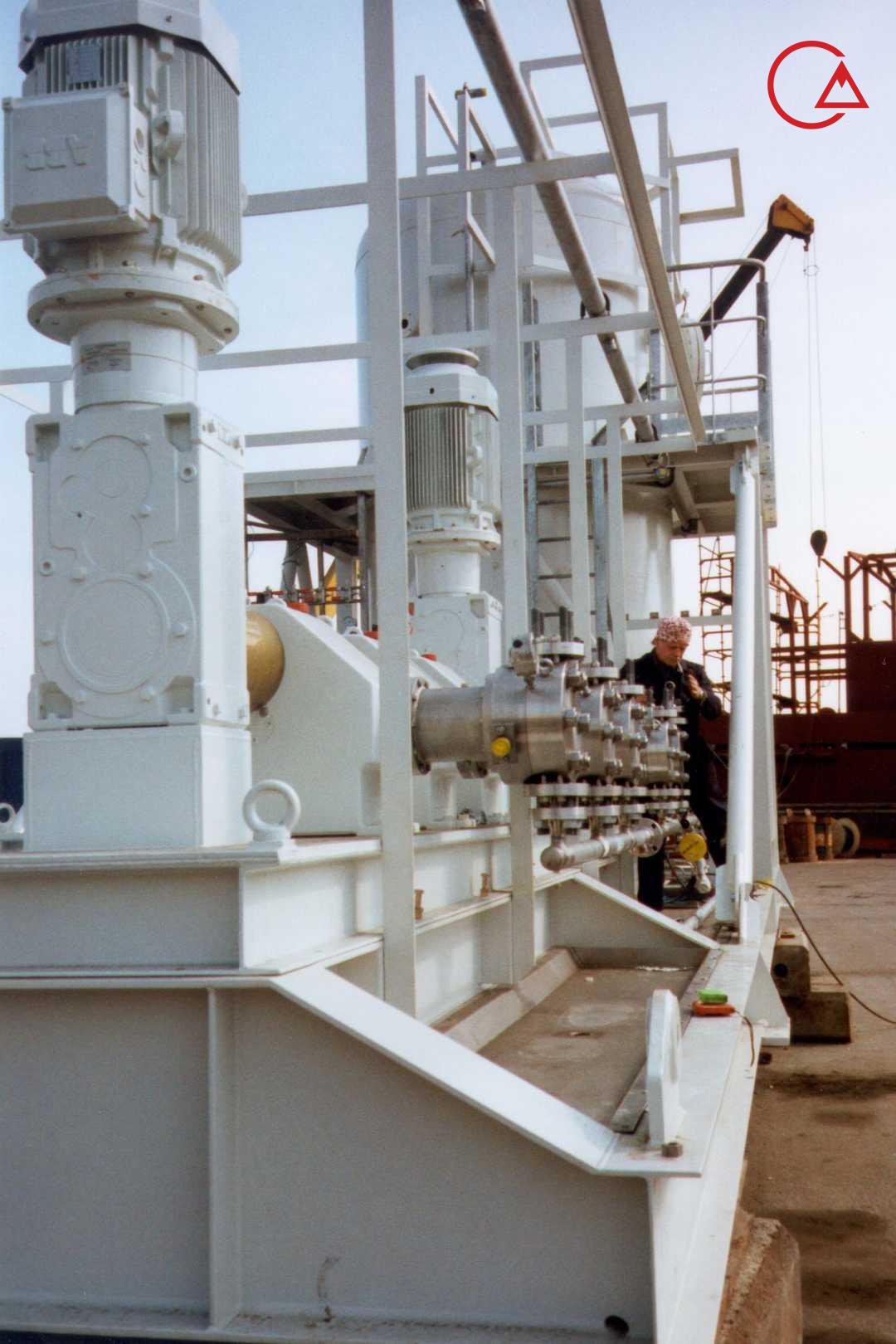
History of ProMinent Iran :
Stone reliefs commonly found in existing mountains, along roadsides, as well as near water sources and springs.
They are considered as a common medium throughout the history of Iran and in Persian art
They have been used mostly to express the glory of kings and also the domination of Iranians over Iran.
The prominent role in Iran became popular around the time of the Lulubi,
Among the works obtained since then, we can mention the stone reliefs in Ilam.
Kol Farah and Ashkaft Salman in southwestern Iran are among the earliest stone reliefs in Iran;
Which continued until the time of the Assyrians.
Persian kings usually carved reliefs on stones from their power and achievements.
ProMinent Iran inscription :
Biston is a very important inscription in the history of Iran,
Which has been carved using cuneiform in three languages of ancient Persian, Elamite and Babylonian.
The role of Rostam
Naqsh-e Rostam is a relic of the Achaemenid dynasty (500-330 BC).
It includes four large tombs that have a very unique and special ProMinent Iran architectural design
And the shape of this cemetery is very innovative and unique.
These tombs include:
Tomb of Darius,
Xerxes,
Ardeshir I
And Darius is the second.
Naghsh-e-Rostam inscription has different clauses
One of its roles includes the victory of the Sassanid king ProMinent Iran Shapur I on horseback,
That Valerian had defeated the Roman emperor.
This stone relief clearly shows the power and dominance of the Sassanid dynasty, which has proudly displayed it.
There is another Sassanid relief that depicts scenes of investment and war.
The first relief discovered in Iran is related to Ilam, which was engraved around 1000 BC.
Bostan arch relief
Another very valuable relief is related to Bostan Arch in Kermanshah.
These inscriptions are also related to the ProMinent Iran Sassanid era in the third century AD.
In which images of the coronation of several kings are engraved, including Khosrow Parviz, Ardeshir II, Shahpour II and III.
Highlights in Firoozabad Fars and Bishapour:
Other enduring and historical reliefs in Iran are depicted in which a battle scene is depicted.
Which, of course, is now very worn out.
In Boram Delek, there is a picture of a king giving a bouquet of flowers to his queen.
Sassanid reliefs:
In fact, the reliefs related to the Sassanid era are among the most important historical reliefs left.
In the history of Iran, they are considered prominent in the sixth century.
And these works are in fact a very important ProMinent Iran collection of their eighty-year dynasty.
Of course, some of these works that were engraved on plaster have disappeared today and only stone reliefs from this period remain.
Bistoon stone relief is another artistic and historical work of relief in Iran
In which a work from different eras in the history of Iran can be seen.
Biston reliefs and inscriptions made around 500 BC during the reign of Darius the Great;
They are on a very large and dazzling scale that represent the power of the Achaemenid Empire.

